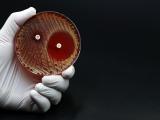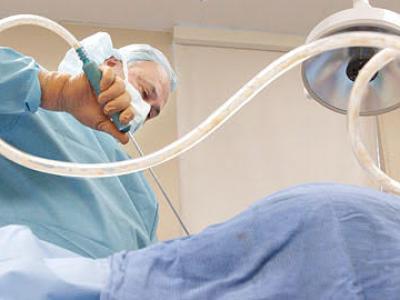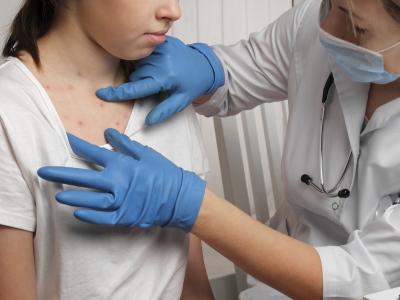Mar 17, 2011 (CIDRAP News) – The US Centers for Disease Control and Prevention (CDC) yesterday reported on a cluster of four cases of vaccinia virus infection in 2008 that were linked to a martial arts gym in Maryland.
The investigation included lab and public health officials from Michigan and Maryland and was detailed in the CDC's Emerging Infectious Diseases (EID) journal.
The case-patient that brought the outbreak to light was a 26-year-old man who was hospitalized Jun 23, 2008, for multiple skin pustules, plus fever and headache. Lab analysis revealed a vaccinia virus that originated in the ACAM2000 second-generation smallpox vaccine.
A probe into the source of his infection revealed that he had sparred at a martial arts gym with several military personnel. He reported that one of his sparring partners, a 28-year-old man, had a rash at about the same time, but no systemic illness. Upon testing, the 28-year-old's serum samples were positive for the same vaccinia virus.
A survey of the gym's members found that several had received the smallpox vaccine, but not within the previous 2 months. Thirteen had reported recent skin lesions, but no smallpox vaccination. Two of that group had recently been diagnosed as having methicillin-resistant Staphylococcus aureus (MRSA) infections, and their serum samples showed they had been exposed to the same vaccinia virus.
Five civilian clinics had given the vaccine over the past few months, but none of those who received it were members of the martial arts gym. A cross-check of military records showed that several vaccinees had links to the gym, but none were current members or at the gym during the time the illness surfaced.
A review of the gym found it was cleaned twice daily, due to MRSA concerns, with proper cleaning products. The source of the virus is still unknown, and no more infections among gym members have been detected.
The CDC researchers said that even though the source of the infection was not identified, it was probably a recent vaccinee. They said the cluster was possibly the result of sequential person-to-person spread, though fomites can't be ruled out.
The researchers said the cluster report underscores the need to reinforce transmission precautions in recent vaccinees and that physicians should consider vaccinia virus infections in the differential diagnosis of vesiculopustular rashes.
Hughes CM, Blythe D, Li Y, et al. Vaccinia virus infections in martial arts gym, Maryland, USA, 2008. Emerg Infect Dis 2011 (published online Mar 16) [Full text]


















